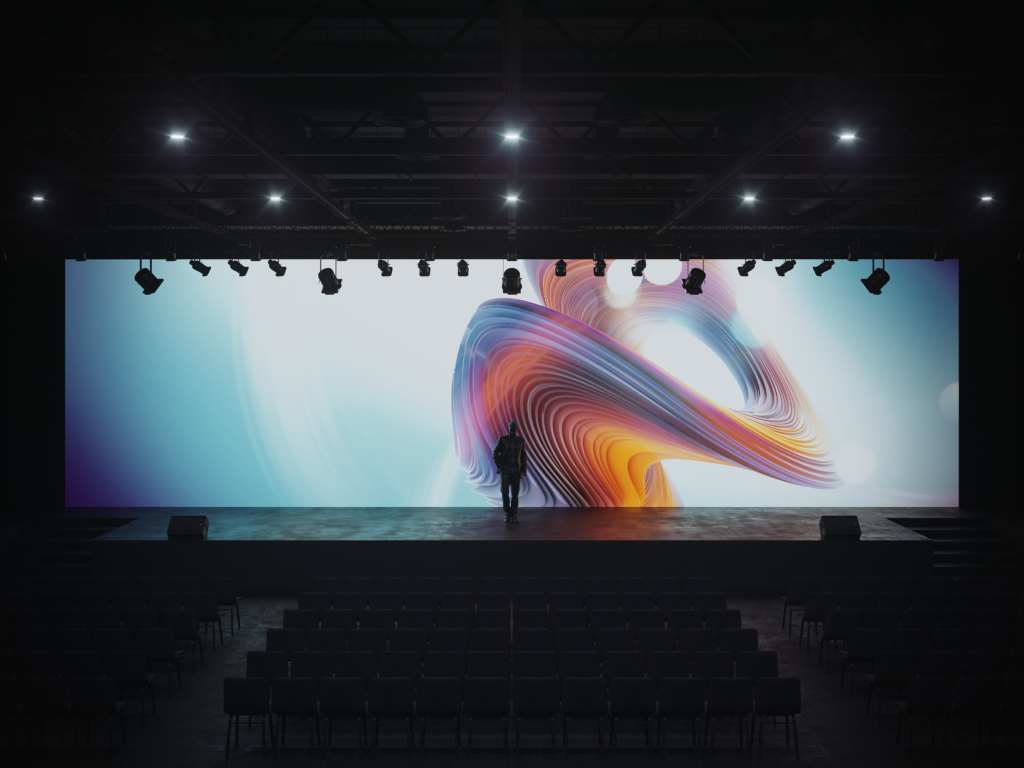Exploring How Definition Influences the Functionality and Aesthetic Quality of LED Walls in Contemporary Exhibition Technology
Exploring How Definition Influences the Functionality and Aesthetic Quality of LED Walls in Contemporary Exhibition Technology
Blog Article
LED screens are becoming more and more popular in various settings, from concerts and sports competitions to business displays and art installations. One of the most important elements that affect the functionality and visual quality of these displays is resolution. Image resolution denotes the number of pixels that compose the visual on the display. Higher image clarity indicates additional picture elements, which can result in clearer and clear visuals. Grasping how resolution affects LED walls can help users make knowledgeable decisions about their display requirements.
When talking about resolution, it is essential to consider pixel spacing, which is the gap between the midpoint of one picture element to the center of the next pixel. A smaller picture spacing yields a greater image clarity, enabling additional clarity in the visuals displayed. For example, an LED wall with a picture spacing of 1.5mm will offer a sharper visual than one with a pixel spacing of 3mm. This is especially crucial in settings where audiences are near to the screen, such as in a compact location or a exhibition event booth. In these cases, a greater image clarity can significantly enhance the viewing quality.
Another factor of image clarity is its effect on color precision and brightness. LED walls with greater resolutions often have better color rendering, meaning that the colors shown are increasingly lively and true to life. This is crucial for applications like advertising, where the objective is to capture attention and convey a concept efficiently. Additionally, higher image clarity screens can preserve brightness levels even when viewed from different perspectives. This is crucial in big locations where viewers may be positioned at different distances and positions from the screen.
The performance of LED screens is also influenced by image clarity in terms of update frequencies and reaction durations. A higher resolution display can support quicker update frequencies, which is crucial for dynamic material such as films and animations. This indicates that the visuals on the display will look smoother and more fluid, improving the overall viewing quality. In comparison, reduced image clarity screens may have difficulty with dynamic material, resulting in fuzziness or delay. Therefore, for occasions that depend on dynamic images, selecting a display with a appropriate image clarity is vital.
In summary, get more image clarity plays a crucial role in defining the functionality and image clarity of LED screens. Elements such as picture spacing, hue precision, luminosity, refresh rates, and response times all affect how efficiently a screen can communicate data and capture audiences. As advancements continues to progress, understanding these factors will assist operators select the appropriate LED screen for their particular requirements, guaranteeing that they obtain the optimal possible outcomes in their displays and events.